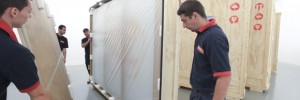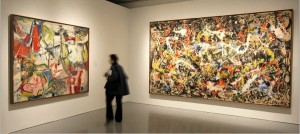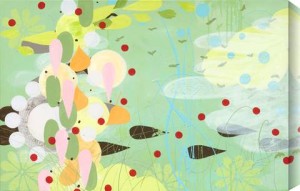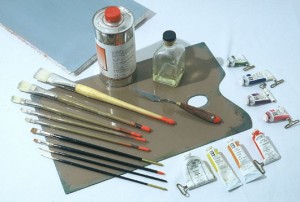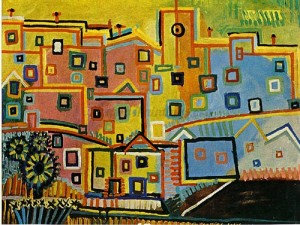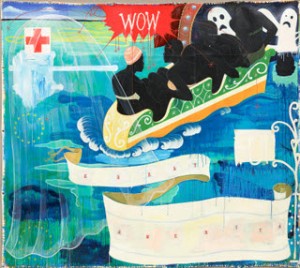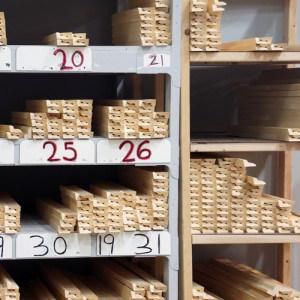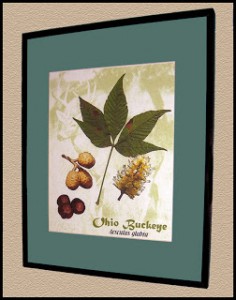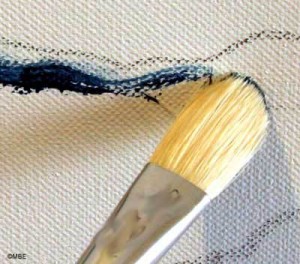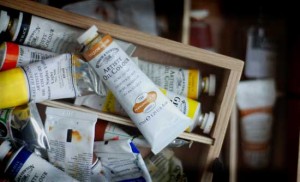Shipping Canvas Arts
Shipping your canvas art may be a bit tricky. You have to deal about your work’s safety, security, packaging, etc. If it’s your first time to deliver a piece to a gallery or your customer, here is a list of shipping companies offering several services in packing, transporting, and even storing art pieces. Not all carriers are listed but this list should give you an idea where to start.
Artex Inc. Artex is one of the country’s largest fine art service provider. Founded in 1990, the company employs museum-trained professionals and specialists to provide a comprehensive range of services in art shipment. Artex has offices in Washington D.C., New York, Boston, Fort Lauderdale, and Los Angeles.
Artworks San Diego. Artworks San Diego offers a full range of high quality art handling services. Art specialists are trained to safeguard art pieces and they have contingency plans for almost any problems that may come up while transporting the items.
Atelier 4. Atelier 4 has 20 years in the art shipping industry. Its flagship operation was established in 1989. Atelier 4 manages a 65,000 sq.ft. secure facility with climate controlled storage rooms for individual pieces or entire collections.
Atthowe Fine Art Services. Atthowe Fine Art Services is a third-generation business operating its facilities in Oakland, California. It has custom-designed warehouses which are temperature and humidity controlled. It provides services mainly in California and the western states.
Cookes Crating Inc. Cookes Crating is one of the country’s oldest and most trusted fine arts shipping company. It specializes in crating, shipping, installing, and storing fine art. It serves the art shipment needs of museums, galleries, and collectors for more than 35 years.
Crown Fine Art. Crown Fine Art specializes in the transportation, installation, and preservation of art works. It provides services to museums, art galleries, collectors, and auction houses. The company operates several offices including in the US, UK, Belgium, China, France, Germany, Italy, and the Middle East.
Dietl International. Dietl International offers world-class international logistics solutions for complex shipping situations, including shipping museum-quality art works. Merging with Rock-it Cargo USA, LLC in 2008 strengthened its position in the logistics industry, acquiring additional resources such as in-house Carnet service, additional air and ocean routes, and specialized equipment.
Nippon Express. Nippon Express has transported the world’s most priceless masterpieces including the Mona Lisa and Venus de Milo. The company has professionals in handling, packaging, and transporting these priceless items.
Racine Berkow Associates. Racine Berkow Associates is a global freight forwarder specializing in fine art transport and handling services. It provides services to museums, art galleries, and private collectors. RBA has offices in New York and Washington D.C.
Stebich Ridder International, Inc. Steibich Ridder is headquartered in New York City, co-founded by fine art handling expert Oliver Stebich, and industry veteran Katrin Ridder. The company utilizes the latest technologies and state-of-the-art handling solutions.
Image source: www.crownfineart.com
